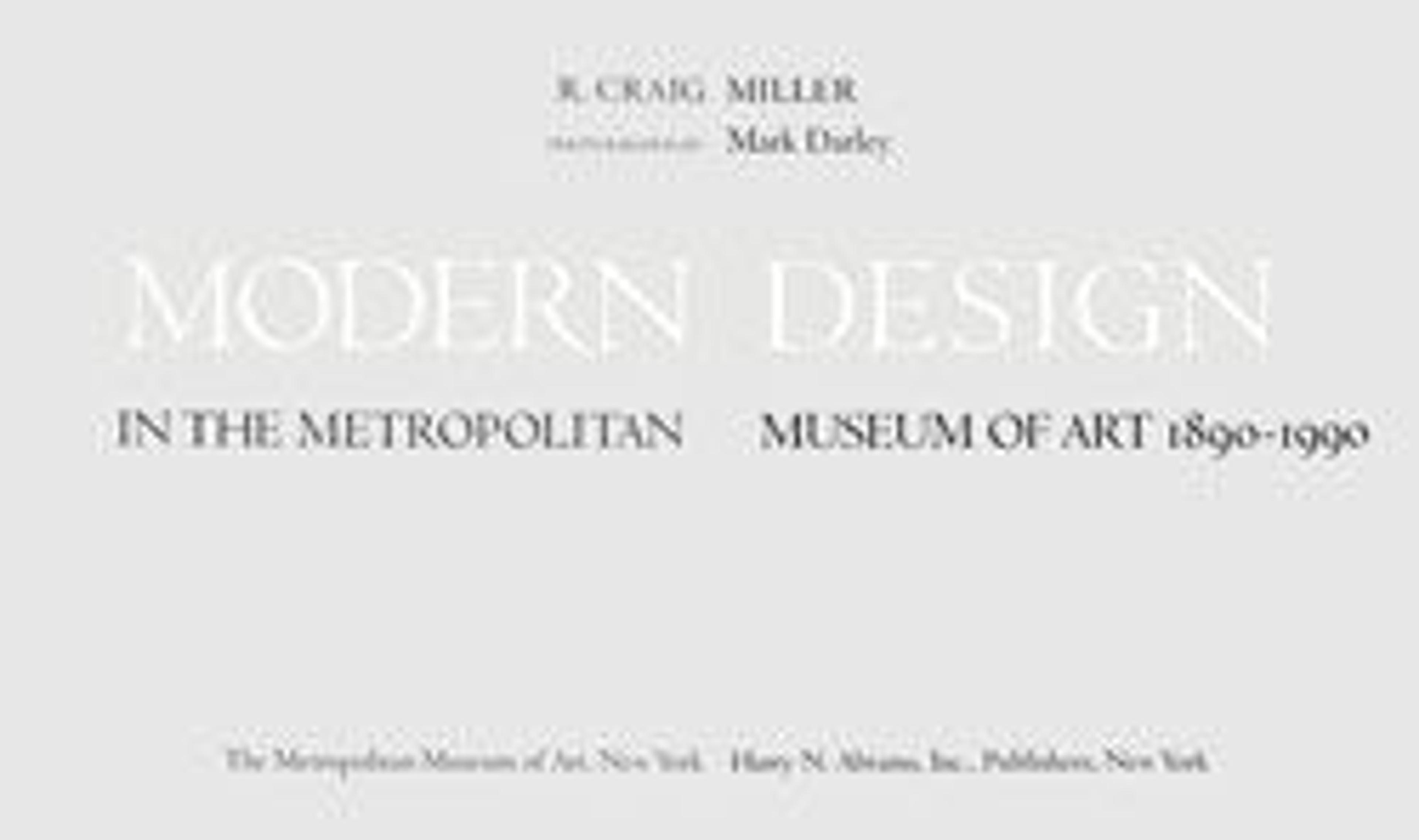Design for a three-part window in the style of Mackintosh
William Joseph "Dard" Hunter first fell in love with the style of the Arts & Crafts Movement when he saw the interior of the New Glenwood Hotel (now The Mission Inn) in California in 1903. Not a year later he applied for a job at the Roycroft Furniture Shop where he would become an important designer and manufacturer of graphic art, pottery, jewelry, furniture and stained glass lamps and windows. Coming from a graphic arts background, in the beginning Hunter seems to have merely supplied the designs for stained glass projects, but Elbert Hubbard, head of the Roycroft Shop, soon sent him to New York for a two-month course in stained glass production and by 1906 Hunter was head of all stained glass production within the firm. He had a great interest in the Wiener Werkstatte, and influences of both the Viennese and Glasgow School of Charles Rennie Mackintosh can be clearly distinguished in his designs.
Artwork Details
- Title:Design for a three-part window in the style of Mackintosh
- Artist:Dard Hunter (American, Steubenville, Ohio 1883–1966 Chillicothe, Ohio)
- Date:ca. 1909–1911
- Medium:Watercolor and ink
- Dimensions:Sheet (each): 11 5/8 x 4 in. (29.5 x 10.2 cm)
- Classifications:Drawings, Ornament & Architecture
- Credit Line:Edward Pearce Casey Fund, 1982
- Object Number:1982.1136(A–C)
- Curatorial Department: Drawings and Prints
More Artwork
Research Resources
The Met provides unparalleled resources for research and welcomes an international community of students and scholars. The Met's Open Access API is where creators and researchers can connect to the The Met collection. Open Access data and public domain images are available for unrestricted commercial and noncommercial use without permission or fee.
To request images under copyright and other restrictions, please use this Image Request form.
Feedback
We continue to research and examine historical and cultural context for objects in The Met collection. If you have comments or questions about this object record, please contact us using the form below. The Museum looks forward to receiving your comments.
